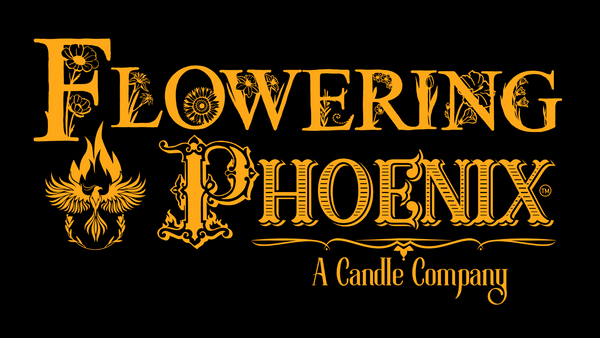
This Is What Happens When You Face Your Fears
Share
Fear is an evolutionary mechanism that developed to keep you alive in dangerous situations. It’s one of the most ancient emotions of the human mind, and it impacts your entire body from head to toe.
Here’s what fear does to your body when it takes over:
- You produce massive amounts of adrenaline
- Blood flow decreases to your prefrontal cortex (your decision-making center)
- Your amygdala, the home of your animal instincts (and your fight-or-flight response) takes over
- Your heart rate and blood pressure go up
- You breathe faster
- Your muscles tense up, and sometimes even begin to shake
- Your pupils dilate to take in more light from the environment
- Your blood flows away from your hands and feet to your core, making you feel cold
- Your digestion grinds to a halt
Here’s the thing: all of this unfolds in a matter of seconds at a subconscious level – all based on an automatic response to stimuli from your environment.
This is why trauma is such a big deal. Every person experiences the world through a lens that is 100% unique, forged by the fires of a lifetime of experiences.
Over time, your body learns to associate certain stimuli with undesirable outcomes, and this trauma loop can cause you to act irrationally when the fear response takes over.
Fear can be triggered by seemingly innocent things, like an image, a sound, or a scent. Sometimes a person’s mere presence – or even their name – is enough to throw us into a state of total panic.
This is why it’s important for us to learn how to face our fears.
Lucky for us, there's science behind it!
Why You Should Learn To Face Your Fears
When it comes to the things we fear, our first instinct is to avoid them entirely. However, this can compound into a major problem over time.
Why?
Because the more times we avoid the object of our fear, the more deeply we encode the pattern of avoidance into our behavior.
This can create a prison of our own habits that renders us helpless in face of the thing we fear.
“So what?”
Unfortunately, not all things can be avoided forever. And, when we finally are forced to face our fears, we can get overwhelmed if we haven’t had any practice.
Even worse, if we haven’t practiced facing our fears, we could find ourselves acting impulsively when our fears finally do present themselves
- We might lash out to protect ourselves and harm someone or something we love
- We might frantically seek to run away only to accidentally trap ourselves in an even worse situation, either physically (like in a corner), or mentally (like in a web of lies)
- We might turn down opportunities that will improve our lives in the long term because we’re afraid to have 1-2 scary conversations in the short term
Thankfully, it’s possible to beat fear.
The key is practice and exposure.
For example, it’s common for people to fear elevators. Many of these people manage to defeat their fears by:
- Interacting with elevators in small ways over time
- Then, eventually, stepping into them
- Then, riding them up one floor
- Then, 2 floors
- Then, 5 floors
- Then, 25 floors
Small actions compound. In the same way that avoiding elevators strengthens the fear loop, it’s possible to strengthen a confidence loop by having positive interactions with elevators over time.
This process unfolds similar to the way mindfulness impacts the brain: over time, your brain stops immediately giving over control to your amygdala (the fear center) when you are confronted by your fear.
This gives you a few extra seconds to analyze the situation and act rationally, instead of reacting without forethought and making a mistake in the moment that you can’t undo.
In short: every time you face your fears, you get braver.
Physically.
Pretty cool, huh?
Quote of the Week
“There are more things . . . likely to frighten us than there are to crush us; we suffer more often in imagination than in reality.” – Seneca
Mindful Living Tips
Here are a few tips to help you crush your fear and grow your courage:
- Reflect on the physical effects of fear, and learn how to manage them.
- Practice taking a pause before reacting.
- Practice breathwork to make sure you get plenty of oxygen – you’ll need it to think clearly.
- Visualize the scenario, and analyze it rationally. Does it happen often? Has it ever happened? Break down the probabilities.
- Visualize further: is the worst case scenario really all that bad? Are there people living happy, healthy lives who have experienced the thing you fear – and overcome it?
- If you decide you want to defeat your fear, begin exposing yourself to it a bit at a time. If you’re terrified of water, learn to swim. If you’re terrified of crowds, start by riding a bus or having a few drinks in a lively bar.
- Slowly ramp up your exposure until you can face the “real thing” with the easy confidence of experience.
What’s Happening at Flowering Phoenix
Buy 3 Get 1 FREE: For the rest of the holiday season, you can buy three luxury beeswax candles and get a fourth one FREE!
Give the gift of simple elegance and handmade charm this season! 🎁
Author Bio
This piece was written by Christopher J. Fritz, a writer, podcaster, and musician with a passion for philosophy, mindfulness, and sustainability.
